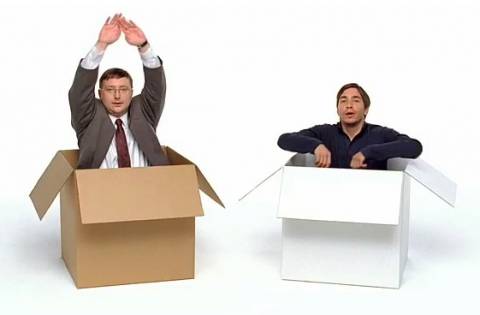 Some Mac owners have a dirty little secret that might exclude them from the Apple cool club if they let it slip — they primarily use Windows on their Mac computers. Some users purchase MacBook Pros for their strong battery life on a relatively high-end hardware spec and for their slender, lightweight ultra-portable unibody design.
Some Mac owners have a dirty little secret that might exclude them from the Apple cool club if they let it slip — they primarily use Windows on their Mac computers. Some users purchase MacBook Pros for their strong battery life on a relatively high-end hardware spec and for their slender, lightweight ultra-portable unibody design.
Added perks of Mac ownership include being able to legally install the iPhone app development environment and develop and test OS X applications. However, OS X, by itself, leaves users with many glaring deficiencies, chiefly an inability to play most modern PC games.
Boot Camp, first introduced in 2006, fixes that by allowing Windows to be installed on Macs and users to dual boot into their OS of choice. Ever since Windows has been many Mac owners’ dirty little secret.
Now Apple has announced that Windows 7, Microsoft’s popular new operating system, will be officially supported for the first time with Apple Boot Camp 3.1. The update supports 32-bit and 64-bit versions of Windows 7 Home Premium, Professional, and Ultimate.
The 32-bit version weighs in at 380.73MB, while the 64-bit version takes up 274.58MB. The only catch is that you (officially) have to a copy of Windows Vista or Windows XP to install Windows 7 (we did a clean install on the previous version of Boot Camp, though, so this may just be legal rhetoric).
The Boot Camp upgrade fixes the problem of the red LED adjacent to the audio port always being on, trackpad issues, and incompatibility with Apple’s Magic Mouse and wireless keyboard. Apple Update should offer users already running Windows 7 in Boot Camp, the latest version. For those afraid of using Windows 7 in Boot Camp, take it from us — its a pretty painless experience, and we’ve only run into few issues, so far (the problems we did experience were almost solely audio related).
There are also new drivers to help support Windows 7. For owners of MacBook Pros or MacBooks you also want to grab the Graphics Firmware Update 1.0. iMac owners should instead install the iMac Late 2009 Windows 7 Drivers.
Mac owners who do use OS X, even occasionally, should also grab Apple’s first security update of 2010, which offers protection against some potentially serious security threats. The update, Security Update 2010-001, is available for Mac OS X 10.6 Snow Leopard (21.90MB), Mac OS X 10.5 Leopard Server (248.11MB), and Mac OS X 10.5 Leopard Client (159.58MB). It can also be snagged via Apple Update and features fixes for potentially dangerous vulnerabilities in CoreAudio, the Flash Player plug-in, OpenSSL, Image RAW, and Image IO.
Editors' Recommendations
- iMac deals: New, renewed and refurbished iMac computers
- How to change where screenshots are saved on a Mac
- How to check the storage space on your Mac
- Best Apple deals: Save on AirPods, Apple Watch, iPad, MacBook
- Windows 11 might nag you about AI requirements soon


